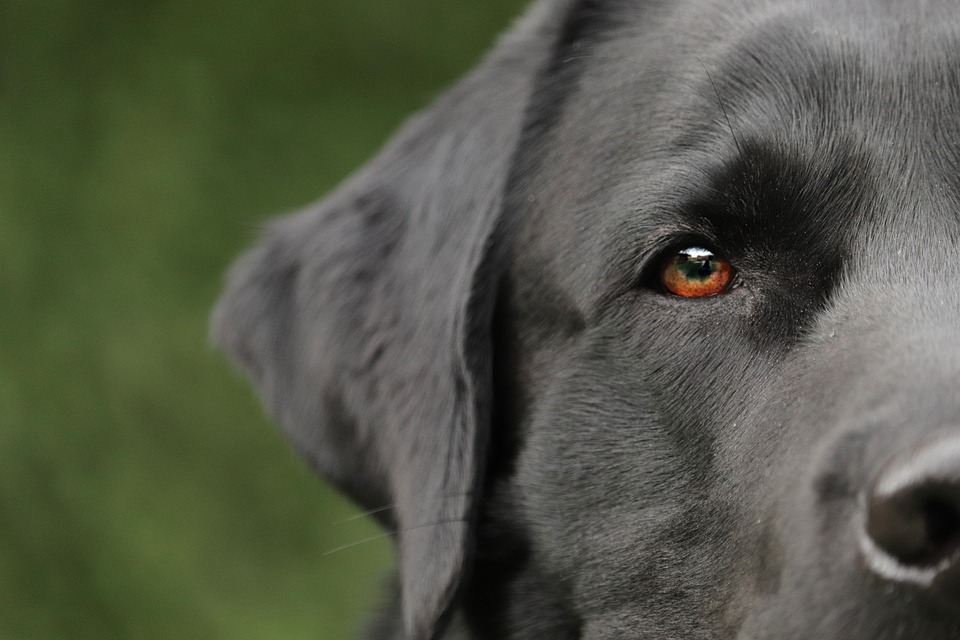Monitoring and addressing common eye problems in dogs is essential for their overall health and well-being. Just like humans, dogs can experience various eye problems that require attention and care. In this article, we will discuss the importance of monitoring your dog’s eye health and provide helpful tips for addressing common eye problems.
Dogs cannot communicate their discomfort or pain verbally, so it is crucial for owners to be vigilant about monitoring their eye health. By recognizing the signs of potential eye problems, you can seek appropriate care and prevent further complications. Some common signs to watch out for include excessive tearing or discharge, redness or swelling, squinting or blinking excessively, cloudiness or changes in eye color, and rubbing or pawing at the eyes.
There are several common eye problems in dogs that owners should be aware of. One common issue is conjunctivitis, also known as pink eye. Conjunctivitis is an inflammation of the conjunctiva, the thin tissue covering the eye’s surface. It can be caused by allergies, irritants, bacteria, or viruses. Symptoms include redness, swelling, discharge, squinting, and excessive tearing. Treatment involves cleaning the eyes with a veterinarian-recommended solution and administering prescribed eye drops or ointments.
Corneal ulcers are another common eye problem in dogs. They can result from scratches, foreign objects, or infections. Symptoms include squinting, excessive blinking, cloudy appearance, redness, and discharge. Treatment may include prescribing antibiotic eye drops or ointments, anti-inflammatory medications, or, in severe cases, surgery.
Dry eye, or keratoconjunctivitis sicca, occurs when a dog’s tear glands don’t produce enough tears to keep the eyes lubricated. Symptoms include redness, discharge, squinting, frequent blinking, corneal inflammation, and thick mucus. Treatment may involve artificial tears, medications to stimulate tear production, or in severe cases, surgery.
Glaucoma is a condition where there is increased pressure within the eye, leading to optic nerve damage. Symptoms include redness, squinting, cloudiness, dilated pupils, vision loss, and a bulging appearance of the eye. Treatment may involve medications to reduce intraocular pressure, surgery, or a combination of both.
When it comes to addressing eye problems in dogs, it is essential to consult a veterinarian before using any medication or eye drops meant for humans. Some ingredients may not be safe for dogs and could worsen the condition. It is also not recommended to remove a foreign object from your dog’s eye without proper training or guidance. Instead, seek immediate veterinary assistance to avoid further damage to the eye.
Preventing eye problems in dogs involves regularly cleaning their eyes with a veterinarian-recommended solution, avoiding exposure to irritants, keeping hair around the eyes trimmed, and scheduling regular check-ups with your veterinarian to detect any potential issues early.
If left untreated or not addressed promptly, certain eye problems in dogs can lead to vision loss or even blindness. Therefore, early detection and veterinary intervention are crucial in maintaining your dog’s eye health.
In conclusion, monitoring and addressing common eye problems in dogs is essential for their overall health. By recognizing the signs of potential eye problems, seeking prompt veterinary care, and following preventive measures, you can ensure that your furry companion enjoys a lifetime of clear vision and optimal eye health.









